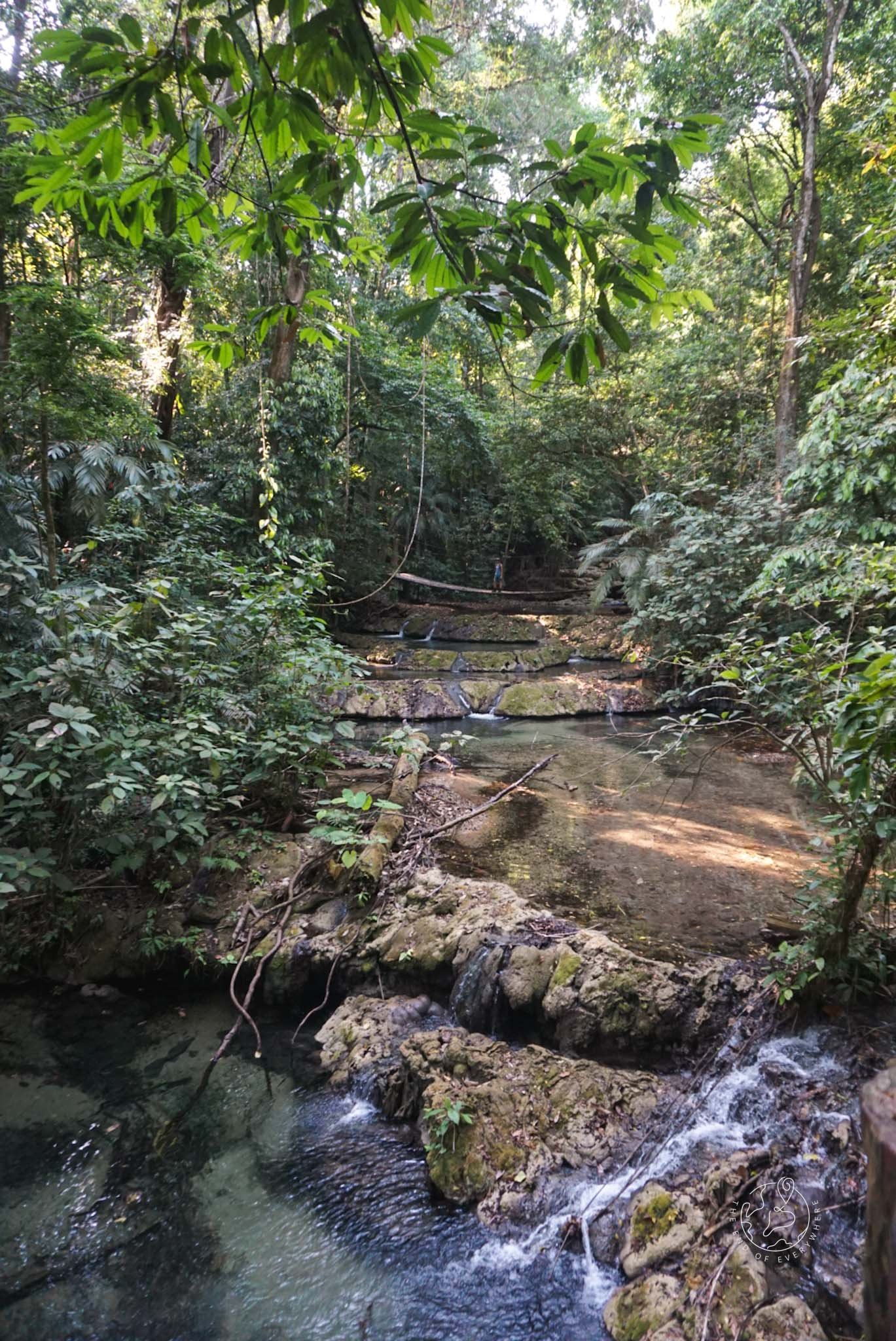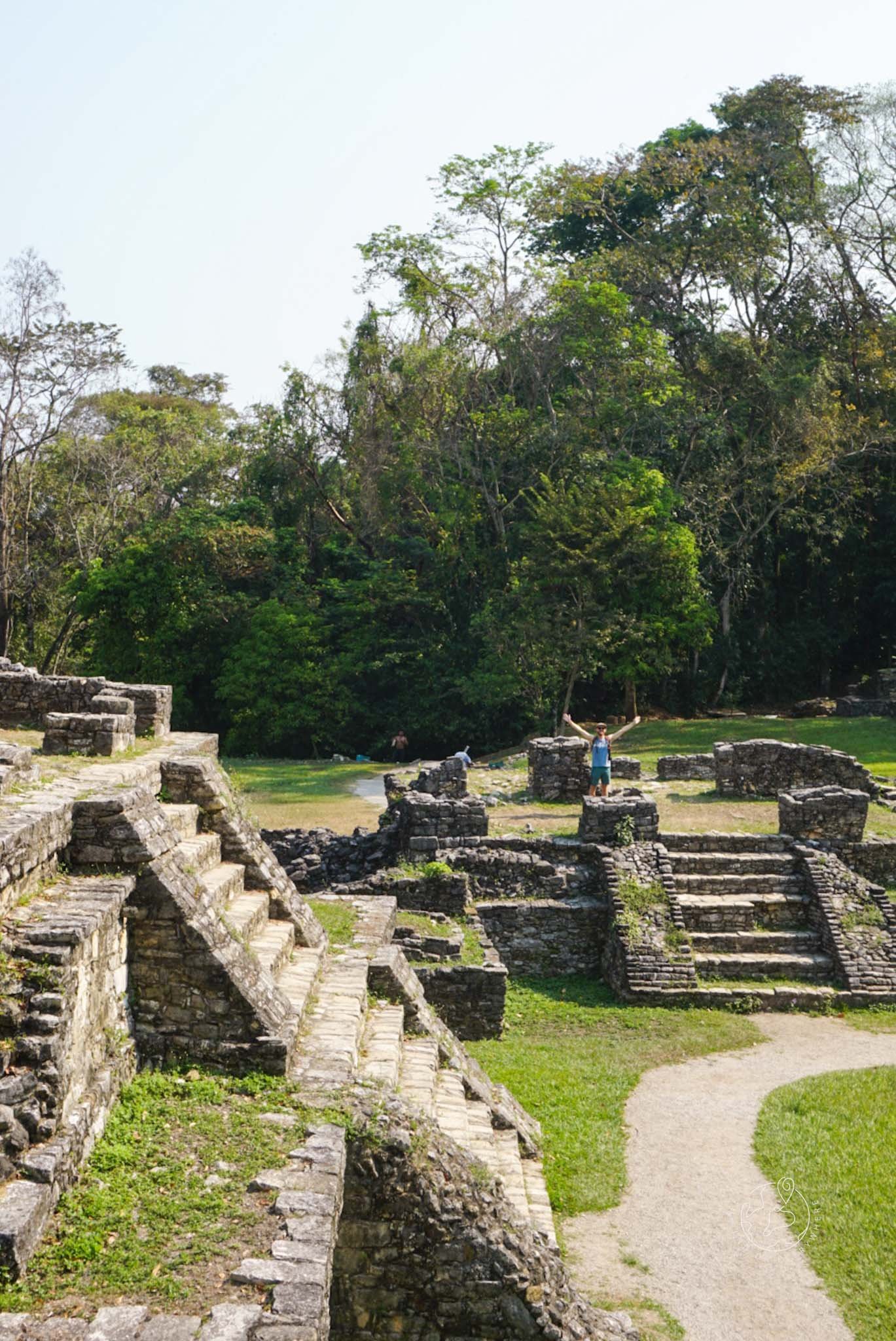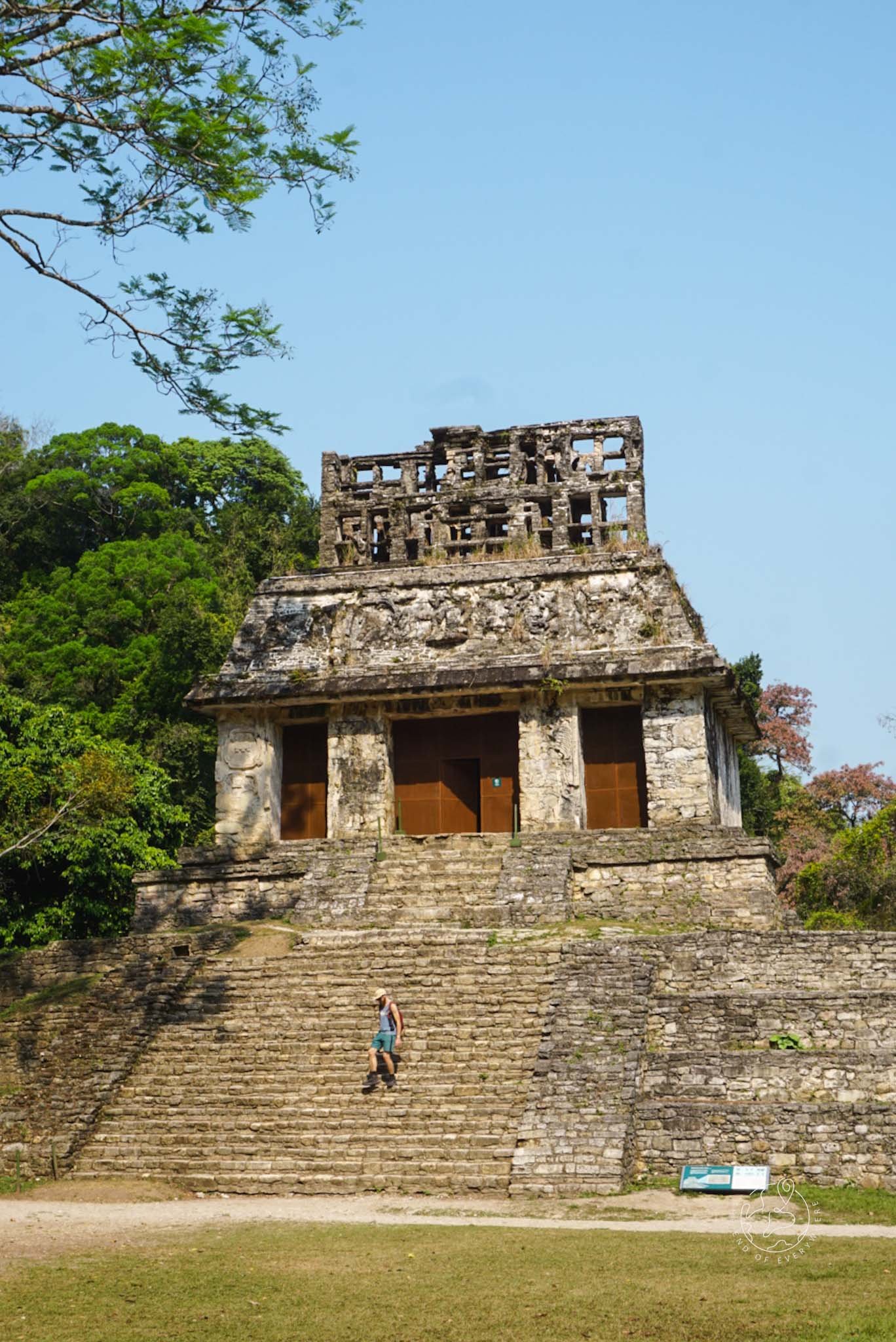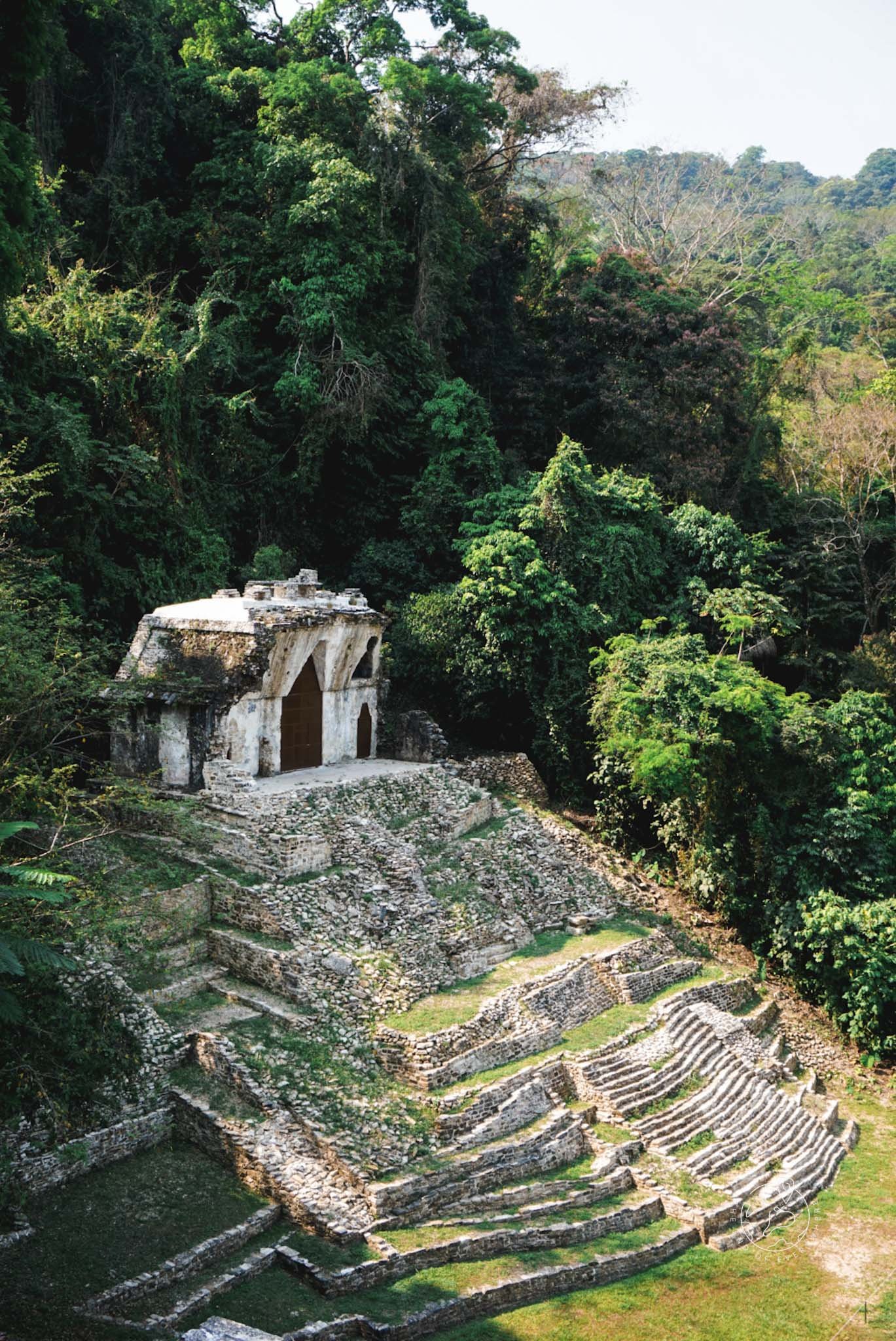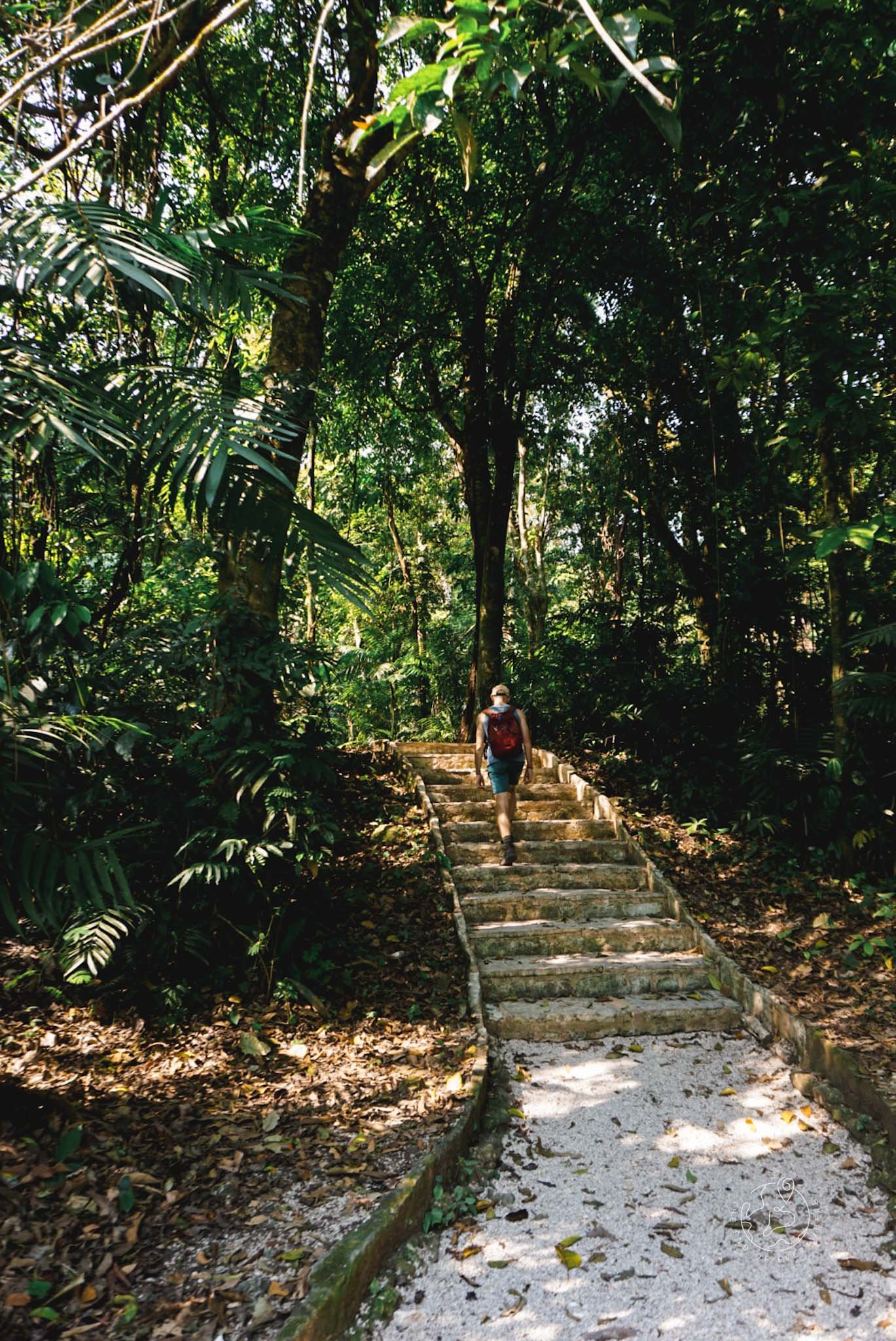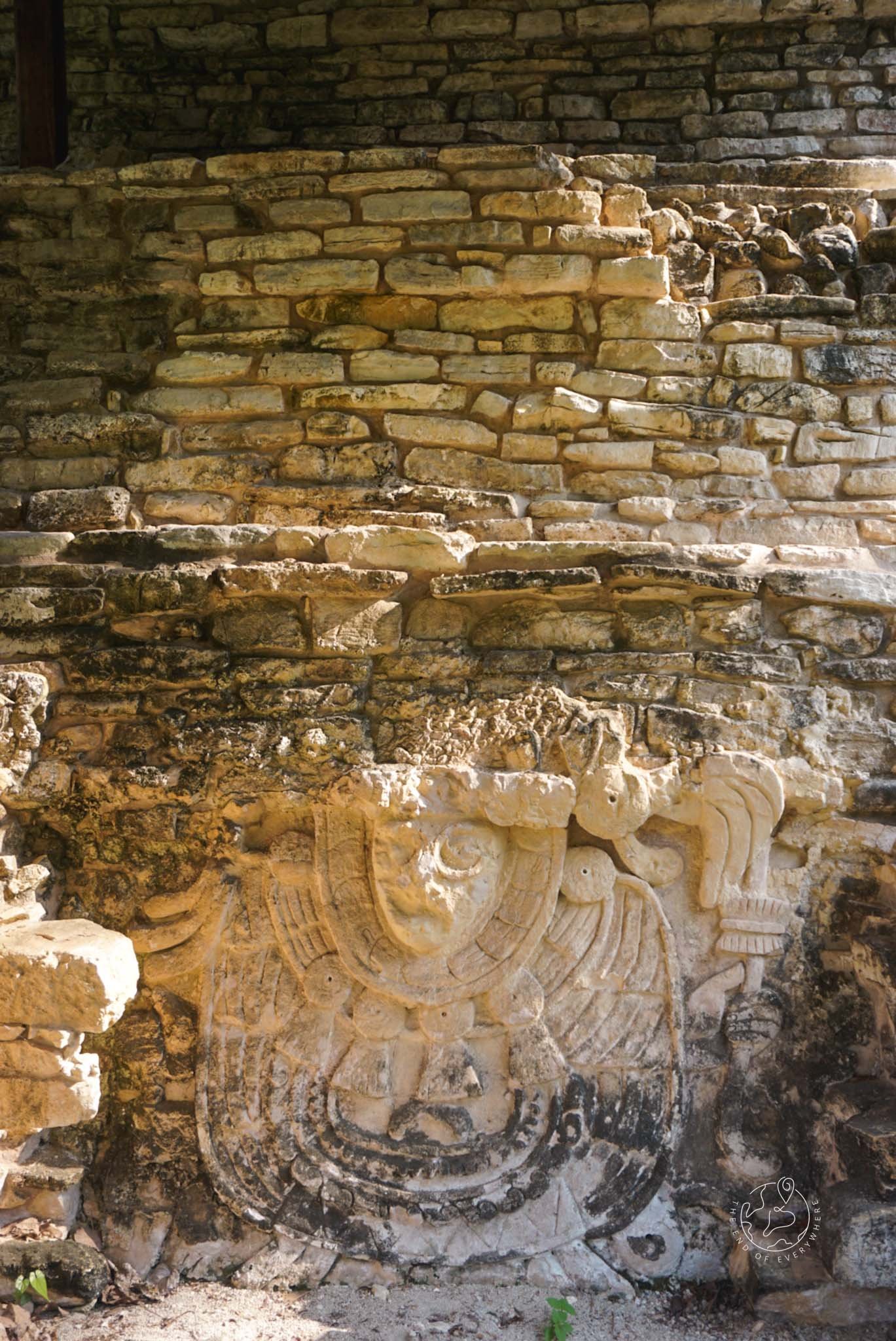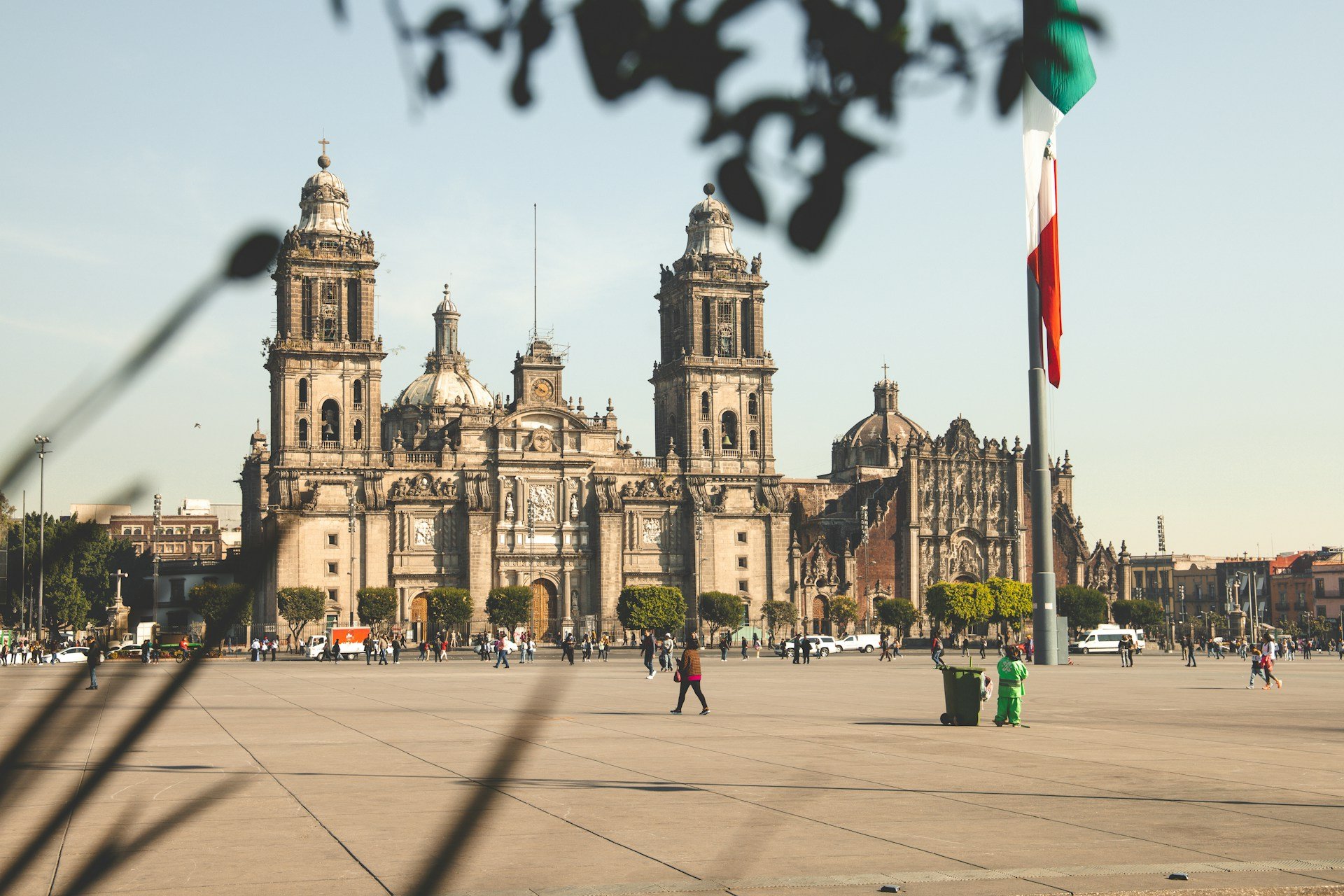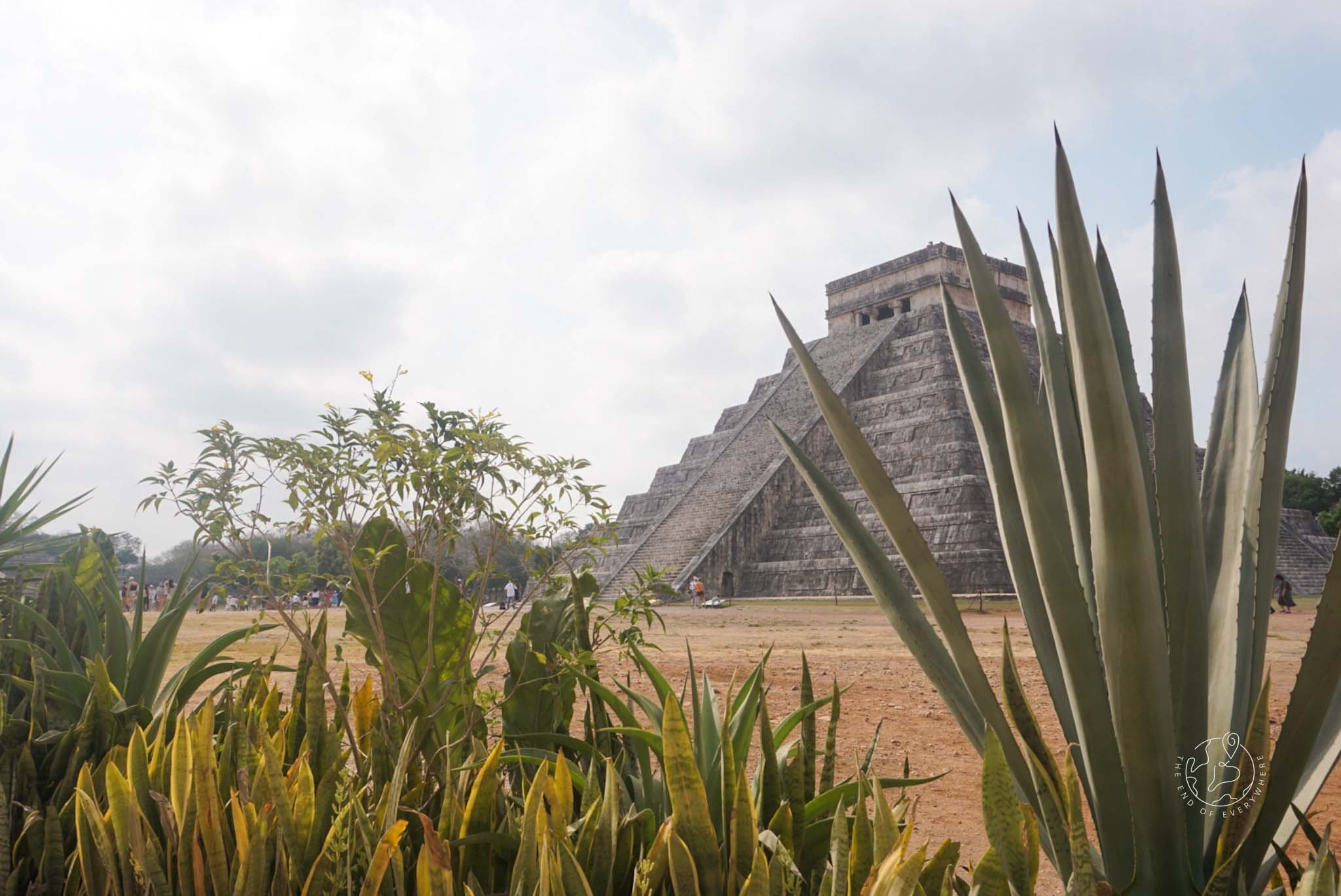A Journey through Chiapas
The Mayan ruins outside of Palenque, Chiapas
Chiapas, Mexico’s southernmost state, is a land of mist-covered mountains, steaming jungles and ancient ruins steeped in Mayan history.
The nine hour bus ride from Merida was one of our longest in a while - it was actually quite nice to be settled in on a coach for the day again! We arrived at our Airbnb and almost lamented the fact we were only in town long enough to see the ruins just outside the city - it was the nicest accommodation we had been in in a while. A huge lounge, kitchen, separate bedroom with air conditioning and a walk in shower… who said budget travel was a hard life?!
Our visit to Palenque was solely to visit the Mayan site that is located 5km from the city. We were on the first bus out of the city in an attempt to beat the 40 degree heat of the day… we failed. Even at 7.30am, we were drenched in sweat before we arrived at the ruins!
The site is hidden away in the jungle, a winding path past river and waterfalls leading to the complex. At the heart of the archaeological site is the Temple of the Inscriptions, a towering pyramid that served as a funerary monument for the Mayan ruler Pakal the Great. This incredible structure is covered with well-preserved hieroglyphic inscriptions detailing the story and history of Pakal’s rule.
Nearby is a huge Palace complex, a series of interconnected courtyards, corridors, and chambers that once served as the administrative and ceremonial center of the ancient city. The Palace is renowned for its observation tower, which looms over the site and is unlike any other structure we’ve seen on our travels so far.
Even though we had visited a fair few sites by this point, including the wonder of the world at chichen Itzá!- we were absolutely fascinated walking around the ruins at Palenque. It is so different to the other sites we visited and we felt like we learnt a lot about ancient Mayan life. Definitely worth braving the heat!
Another full day on a bus took us further into the state of Chiapas, this time into the highlands - and relief from the scorching heat! - to the town of San Cristobal de las Casas.
Founded by the Spanish in the 16th century, the town is characterised by its cobblestone streets, colorful colonial buildings, and vibrant indigenous markets.
One of the main attractions of San Cristobal is the stunning Santo Domingo Church, with its intricately carved baroque façade and ornate altar. Nearby, the lively main square bustles with street sellers and entertainment at all hours of the day and night.
San Cristobal's history is marked by social and political struggles, most notably the Zapatista movement, who staged a rebellion in Chiapas to protest against government policies that marginalised indigenous communities. Although the armed conflict subsided, the Zapatistas continue to advocate for indigenous rights and autonomy in the region, leaving a lasting impact on the town and its residents.
The San Cristobal we visited was a vibrant cultural and social hub, full of travellers from around the world mixing with locals. We enjoyed a relaxed few days in town, making the most of international cuisine available, enjoying the nightlife and live music, and learning about the history and struggles for social justice in the region.
We savoured those days in the cooler mountain air, but we were also a little impatient because our next destination was one we had been talking about for years - we were on our way to the foodie capital of Mexico.
Related Content


